Home>Dining>Tableware>How Many Holes Should Salt And Pepper Shakers Have?
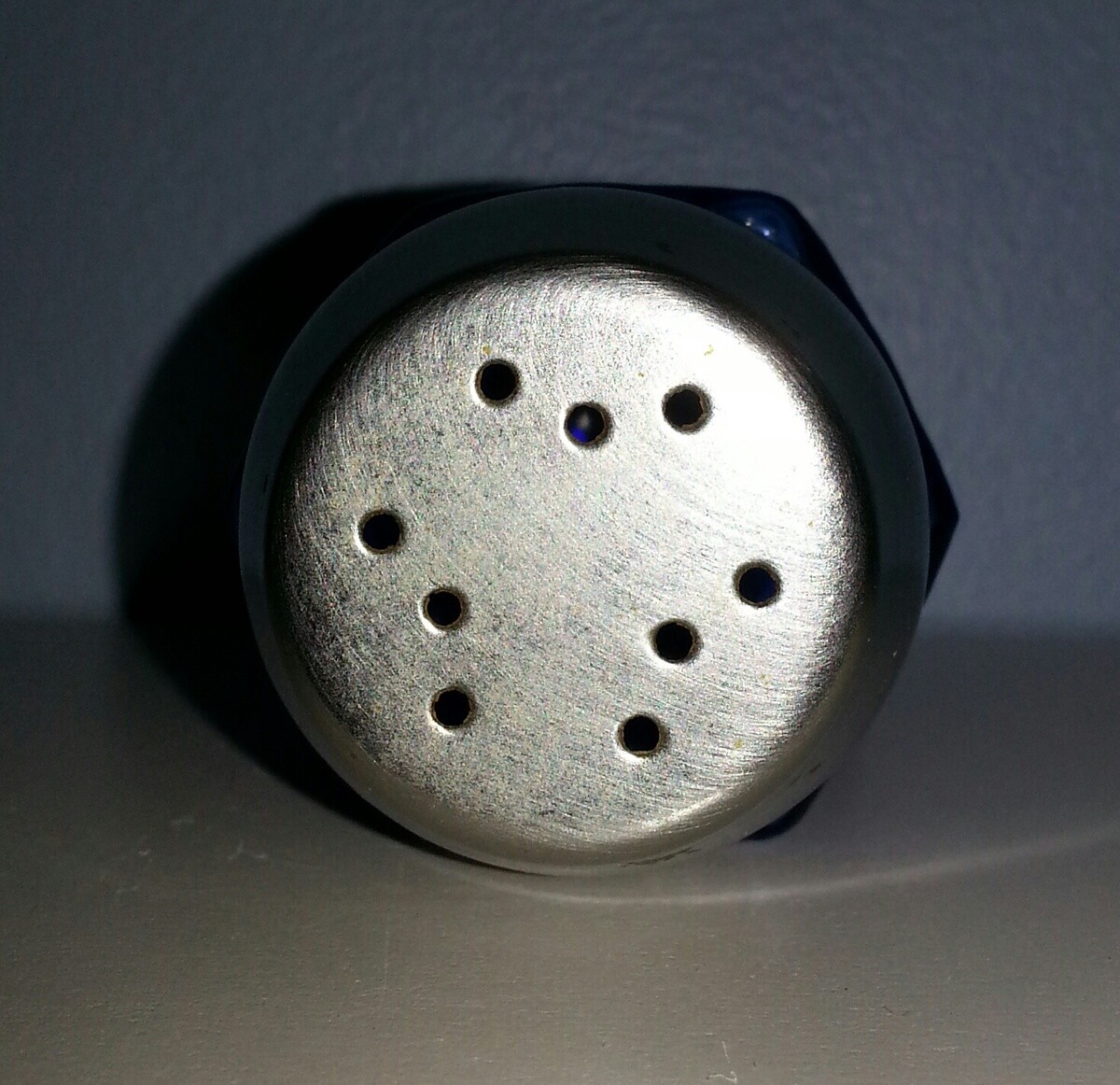

Tableware
How Many Holes Should Salt And Pepper Shakers Have?
Modified: February 24, 2024
Discover the perfect tableware for your kitchen with salt and pepper shakers designed with just the right number of holes. Enhance your dining experience with our thoughtfully designed options.
(Many of the links in this article redirect to a specific reviewed product. Your purchase of these products through affiliate links helps to generate commission for Storables.com, at no extra cost. Learn more)
Introduction
Salt and pepper shakers are a staple on dining tables around the world. These small yet essential tableware items play a significant role in enhancing the flavor of our meals. But have you ever wondered how many holes should salt and pepper shakers have? It may seem like a trivial question, but the number of holes can actually impact your dining experience and the overall seasoning of your food.
The purpose of this article is to explore the importance of holes in salt and pepper shakers and discuss the factors to consider when determining the number of holes. We will also delve into traditional approaches to hole placement and explore modern designs that have revolutionized the functionality of these tableware items.
So, whether you enjoy a pinch of salt or a sprinkle of pepper on your dish, let’s dive into the fascinating world of salt and pepper shakers and uncover the secrets behind their hole configurations.
Key Takeaways:
- The number and placement of holes in salt and pepper shakers significantly impact portion control, texture, and dispensing efficiency, enhancing the overall dining experience and flavor precision.
- Traditional and modern designs offer diverse functionality and aesthetic appeal, catering to individual preferences and elevating the art of seasoning at the dining table.
Purpose of Salt and Pepper Shakers
Salt and pepper are two fundamental ingredients used to season and add flavor to a variety of dishes. The purpose of salt and pepper shakers is to provide an easy and convenient way to dispense these essential seasonings onto our food. By having dedicated containers for salt and pepper, it becomes effortless and hygienic to season our meals to taste.
Furthermore, salt and pepper shakers play a decorative role in table settings. They add a touch of elegance and sophistication to any dining table, enhancing the overall aesthetic appeal. Salt and pepper shakers are available in various shapes, sizes, and materials, allowing you to choose a style that complements your dining decor.
Aside from their functional and aesthetic purposes, salt and pepper shakers also serve as indicators of hospitality. Placing a set of shakers on the table signals to guests that their dining experience is being catered to and that they can personalize the seasoning according to their preferences.
In summary, the purpose of salt and pepper shakers is multifaceted. They provide a convenient and hygienic way to dispense salt and pepper, add a visual element to table settings, and serve as a gesture of hospitality.
The Importance of Holes in Salt and Pepper Shakers
When it comes to salt and pepper shakers, the number and size of the holes play a crucial role in determining how much seasoning is dispensed onto your food. The design and configuration of these holes can greatly impact the overall flavoring of your dishes. Let’s explore the importance of holes in salt and pepper shakers:
Portion Control: The number of holes in the shakers helps to control the amount of salt or pepper that is released with each shake. More holes typically result in finer particles being dispensed, which can provide a more even and controlled distribution of the seasoning. This is especially important if you are conscious of your salt or pepper intake.
Texture and Grain Size: The size of the holes in the shakers also influences the texture and grain size of the salt or pepper that is dispensed. Smaller holes are suited for fine-grained salt or pepper, while larger holes are ideal for coarser varieties. The texture of the seasoning can impact the overall dining experience, as it affects the mouthfeel and perception of the flavor intensity.
Aesthetic Appeal: The holes in salt and pepper shakers also contribute to their visual appeal. Intricate hole patterns and designs can enhance the aesthetic value of the shakers, making them more appealing to the eye. This is particularly relevant in formal dining settings, where attention to detail and presentation is of utmost importance.
Dispensing Efficiency: The number and size of the holes can affect the efficiency and ease of use when dispensing salt and pepper. Too few holes might result in a slow and tedious pouring process, while too many holes can lead to an uncontrollable and messy dispersion. Striking the right balance in hole placement ensures a smooth and efficient seasoning process.
In summary, the holes in salt and pepper shakers influence portion control, texture, aesthetic appeal, and dispensing efficiency. Understanding the importance of these holes will enable you to choose the right shakers that meet your preferences and enhance your dining experience.
Factors to Consider in Determining the Number of Holes
Deciding on the number of holes in salt and pepper shakers requires careful consideration of several factors. These factors can impact the functionality, usability, and aesthetic appeal of the shakers. Here are some key considerations when determining the number of holes:
Type of Seasoning: The type of seasoning you plan to use greatly influences the number of holes needed. For example, fine-grained salt may require more holes for a smoother and controlled dispensing, while coarser ground pepper may work well with fewer, larger-sized holes.
Desired Dispensing Rate: If you prefer a slow and controlled dispensing rate, fewer holes may be suitable. On the other hand, if you like to season your food more quickly and generously, a greater number of holes may be preferred.
Size of Holes: The size of the holes is as important as their number. Smaller holes are ideal for fine-grained seasonings, while larger holes are better suited for coarse or chunky seasonings. Consider the texture and consistency of the seasoning when deciding on the appropriate hole size.
Volume of Seasoning Dispensed: Determining how much seasoning you want to dispense with each shake is crucial. More holes can provide finer and less concentrated dispensing, while fewer holes may release larger and more intense amounts of seasoning. Consider your personal preference and dietary needs when deciding on the number of holes.
Usability and Ergonomics: The usability and ergonomics of the salt and pepper shakers should not be overlooked. Consider how easy it is to grip and shake the shakers, as well as how easily the seasoning flows through the holes. Too many or too few holes can impact the overall user experience.
Aesthetic Harmony: Lastly, consider the aesthetic harmony of the salt and pepper shakers with the rest of your tableware. The number of holes should align with the overall design of the shakers, ensuring a cohesive and visually appealing presentation on your dining table.
By taking these factors into account, you can make an informed decision regarding the number of holes in your salt and pepper shakers, ensuring that they meet your functional, usability, and aesthetic requirements.
Traditional Approach to Hole Placement
In the traditional approach to hole placement in salt and pepper shakers, a symmetric arrangement is often favored. This means that an equal number of holes are typically located on opposite sides of the shaker, providing a balanced and visually pleasing appearance.
The most common configuration for salt and pepper shakers is a single row of holes on each side, with the number of holes ranging from three to seven. This traditional arrangement allows for easy gripping and shaking, ensuring a controlled and even distribution of the seasoning.
Another popular traditional approach is to have larger holes for one seasoning, such as salt, and smaller holes for the other seasoning, such as pepper. This differentiation in hole size helps users differentiate between the two shakers and prevents accidental mix-ups.
Furthermore, some traditional salt and pepper shakers employ a rotating mechanism. In these designs, the entire top portion of the shaker, which houses the holes, can be rotated to align the desired number of holes with a single opening at the bottom. This allows for easy pouring or shaking of the seasoning.
Traditional hole placements prioritize functionality and ease of use. The symmetric and balanced arrangement of holes ensures a consistent flow of seasoning, while the differentiation in hole size distinguishes between salt and pepper. These traditional designs have stood the test of time and continue to be widely used in households and restaurants worldwide.
Salt shakers typically have fewer holes (1-3) to control the amount of salt dispensed, while pepper shakers have more holes (5-7) to allow for a larger amount of pepper to be dispensed. Adjust the number of holes based on the coarseness of the salt or pepper.
Modern Approaches to Hole Placement
In recent years, modern designs have emerged that have revolutionized the way salt and pepper shakers are used and the placement of their holes. These innovative approaches aim to enhance the functionality, convenience, and aesthetic appeal of these essential tableware items. Here are some modern approaches to hole placement:
Adjustable Hole Size: One modern approach involves salt and pepper shakers with adjustable hole sizes. These shakers allow users to customize the size of the holes, providing greater control over the amount of seasoning dispensed. By simply twisting a dial or rotating a lever, you can adjust the size of the holes to suit your preference.
Multiple Hole Configurations: Some modern salt and pepper shakers feature multiple hole configurations. These shakers have interchangeable tops with different hole patterns or sizes. This allows users to switch between finer or coarser dispensing options depending on their needs. This flexibility in hole configurations caters to a wide range of seasoning preferences.
Ergonomic and Streamlined Designs: Modern salt and pepper shakers often prioritize ergonomic and streamlined designs. These shakers may feature contoured shapes and non-slip grips, making them comfortable to hold and shake. The placement of the holes takes into consideration the natural flow of the seasoning, ensuring a smooth and effortless dispensing experience.
Unique and Artistic Hole Patterns: Some contemporary salt and pepper shakers embrace artistic and unconventional hole patterns. Instead of the traditional symmetric arrangement, these shakers may feature asymmetrical or abstract hole placements. These unique designs not only enhance the aesthetic appeal of the shakers but also add a touch of creativity and personal expression to the dining experience.
Intuitive Dispensing Mechanisms: Modern shakers may incorporate innovative dispensing mechanisms, such as push-button or squeeze-style mechanisms. These mechanisms provide precise control and prevent accidental spills or over-seasoning. The hole placement in these designs is strategically located to align with the dispensing mechanism, ensuring efficient and mess-free seasoning.
These modern approaches to hole placement in salt and pepper shakers illustrate the evolving nature of tableware design. By incorporating adjustable hole sizes, multiple configurations, ergonomic designs, artistic patterns, and intuitive mechanisms, modern salt and pepper shakers offer enhanced functionality and versatility, catering to the needs and preferences of today’s discerning consumers.
Impact of Hole Placement on Dispensing and Seasoning
The placement of holes in salt and pepper shakers has a significant impact on the efficiency of dispensing and the overall seasoning experience. The strategic arrangement of the holes can affect the flow, distribution, and intensity of the seasoning. Let’s explore the various ways in which hole placement influences dispensing and seasoning:
Distribution: The location and positioning of the holes determine how the seasoning is dispersed. If the holes are evenly spaced across the top of the shaker, the seasoning will flow out in a uniform manner. Conversely, if the holes are concentrated in one area, the seasoning may dispense more heavily in that particular spot. This can affect the evenness of the seasoning on your food.
Dispensing Rate: The number and size of the holes directly affect the speed and rate at which the seasoning is released. More holes generally result in a faster dispensing rate, while fewer holes provide a slower and more controlled flow. The positioning of the holes can also affect the pouring or shaking motion required to release the seasoning.
Seasoning Intensity: The placement of holes impacts the intensity of the seasoning. If the holes are closer together, the seasoning will be distributed more densely, resulting in a stronger flavor. On the other hand, if the holes are spaced farther apart, the seasoning will be more evenly distributed and provide a milder taste. The spacing of the holes is crucial in achieving the desired seasoning intensity.
Grain Size: The location and size of the holes can also influence the grain size of the seasoning. For example, if the holes are small, finer particles of salt or pepper will be dispensed. Conversely, larger holes may release coarser grains. The grain size affects the texture of the seasoning and how it interacts with the dish.
Control and Precision: The positioning of the holes can impact the control and precision you have over the amount of seasoning dispensed. If the holes are carefully arranged, it becomes easier to achieve the desired amount of seasoning without over- or under-seasoning. This is particularly important when following a recipe or catering to individual preferences.
The impact of hole placement on dispensing and seasoning highlights the importance of thoughtful design and consideration. By strategically placing holes, shaker manufacturers can optimize the distribution, flow, and intensity of seasonings, ensuring a consistent and enjoyable seasoning experience for users.
Common Designs and Configurations of Salt and Pepper Shakers
Salt and pepper shakers come in a variety of designs and configurations, each offering its own unique functionality and aesthetic appeal. Here are some common designs and configurations of salt and pepper shakers:
Classic Glass Shakers: These shakers feature a timeless design with a transparent glass body that allows you to see the seasoning inside. They typically have metal or plastic screw-on tops with multiple holes for dispensing salt or pepper. The classic glass shakers are versatile and fit well with any dining decor.
Grinder Shakers: Grinder shakers are becoming increasingly popular due to their ability to freshly grind salt or pepper as needed. These shakers often feature ceramic or stainless steel mechanisms that allow you to adjust the coarseness of the grind. Some grinder shakers have separate compartments for housing and grinding the seasoning, ensuring optimal freshness and flavor.
Stackable Shakers: Stackable shakers are designed for convenience and space-saving purposes. These shakers can be stacked on top of each other, with one containing salt and the other containing pepper. They are commonly used in restaurants or households with limited table space.
Novelty Shakers: Novelty shakers are whimsical and fun, featuring unique shapes, themes, and designs. These shakers can resemble various objects, animals, or characters, adding a playful touch to your dining experience. Novelty shakers are often a favorite among collectors or as gifts.
Salt and Pepper Mills: Salt and pepper mills are larger and more robust than standard shakers. These mills feature a grinding mechanism, usually with a manual crank or electric motor, allowing you to grind salt or pepper to your desired consistency directly onto your food. Salt and pepper mills are favored by those who prefer freshly ground seasonings.
Elegant Ceramic Shakers: Ceramic shakers offer elegance and sophistication. They come in a variety of shapes, colors, and patterns, allowing you to choose a style that matches your tableware. Ceramic shakers are often handcrafted and feature intricate designs, making them a beautiful addition to any dining setting.
Oil and Vinegar Shaker Sets: Oil and vinegar shaker sets are a common sight in salad bars and kitchens. These sets feature two separate shakers—one for oil and one for vinegar—and often have distinct hole configurations to differentiate between the two liquids. The design of these shakers ensures controlled pouring and easy dressing preparation.
Travel-Friendly Shakers: For those on the go, travel-friendly shakers provide a compact and spill-proof solution. These shakers usually have tight-sealing lids and may feature collapsible or foldable designs for easy storage and transportation.
These are just a few examples of the common designs and configurations of salt and pepper shakers. From classic glass shakers to innovative grinder shakers or novelty options, there is a wide range of choices to suit various preferences, needs, and styles.
Conclusion
Salt and pepper shakers may seem like simple tableware items, but their design, hole placement, and functionality play a significant role in enhancing our dining experiences. The number and size of the holes in salt and pepper shakers determine the portion control, texture, and evenness of seasoning. Traditional approaches to hole placement often prioritize symmetry and balance, while modern designs offer adjustable hole sizes, multiple configurations, and intuitive dispensing mechanisms.
When determining the number of holes in salt and pepper shakers, it is essential to consider factors such as the type of seasoning, desired dispensing rate, volume of seasoning dispensed, and overall usability. By understanding these factors, you can select shakers that meet your preferences and dietary needs.
The placement of holes in salt and pepper shakers has a direct impact on dispensing and seasoning. The distribution, dispensing rate, intensity, grain size, and control are all influenced by the strategic arrangement of the holes. Thoughtful hole placement ensures an efficient and enjoyable seasoning experience, allowing you to add flavor to your dishes with precision and control.
Salt and pepper shakers come in various designs and configurations, such as classic glass shakers, grinder shakers, stackable shakers, novelty options, and elegant ceramic shakers. Each design offers its own unique functionality and aesthetic appeal, allowing you to customize your dining table and personal style.
In conclusion, the number and placement of holes in salt and pepper shakers may seem like a minor detail, but they contribute to the overall dining experience. Whether you prefer traditional designs or opt for modern innovations, choosing shakers with strategically placed and appropriately sized holes will enhance the flavor, aesthetics, and convenience of seasoning your dishes. So, next time you reach for your salt and pepper shakers, appreciate the role they play in elevating your culinary delights.
Frequently Asked Questions about How Many Holes Should Salt And Pepper Shakers Have?
Was this page helpful?
At Storables.com, we guarantee accurate and reliable information. Our content, validated by Expert Board Contributors, is crafted following stringent Editorial Policies. We're committed to providing you with well-researched, expert-backed insights for all your informational needs.
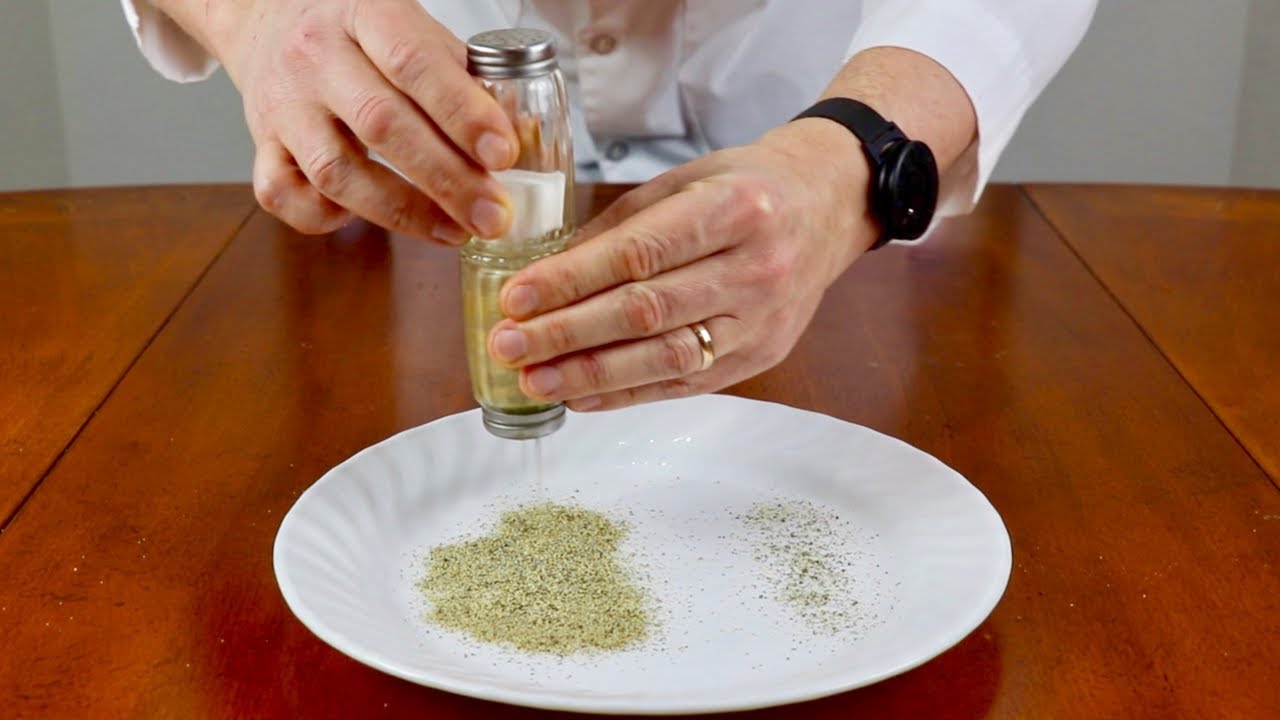
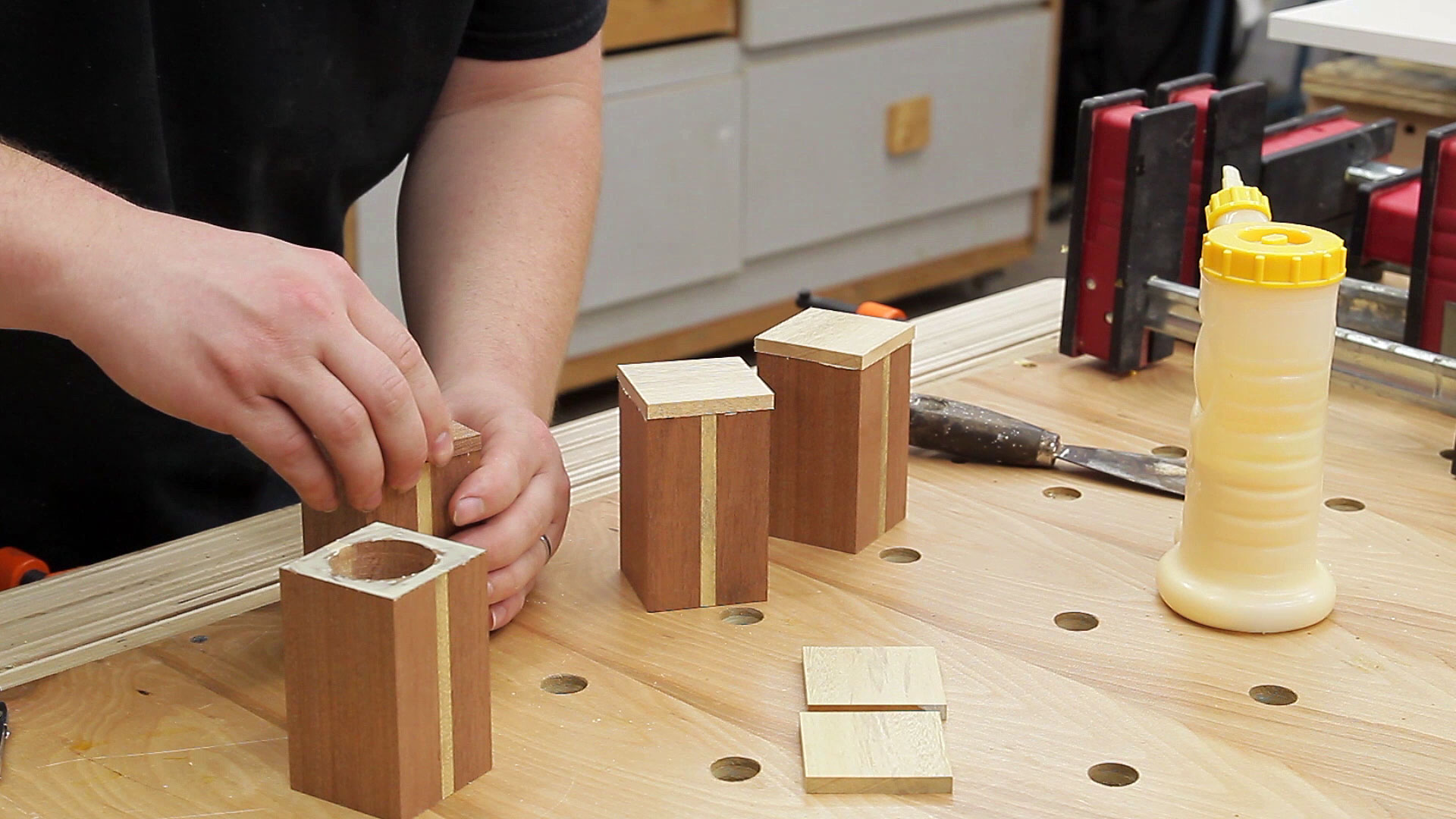

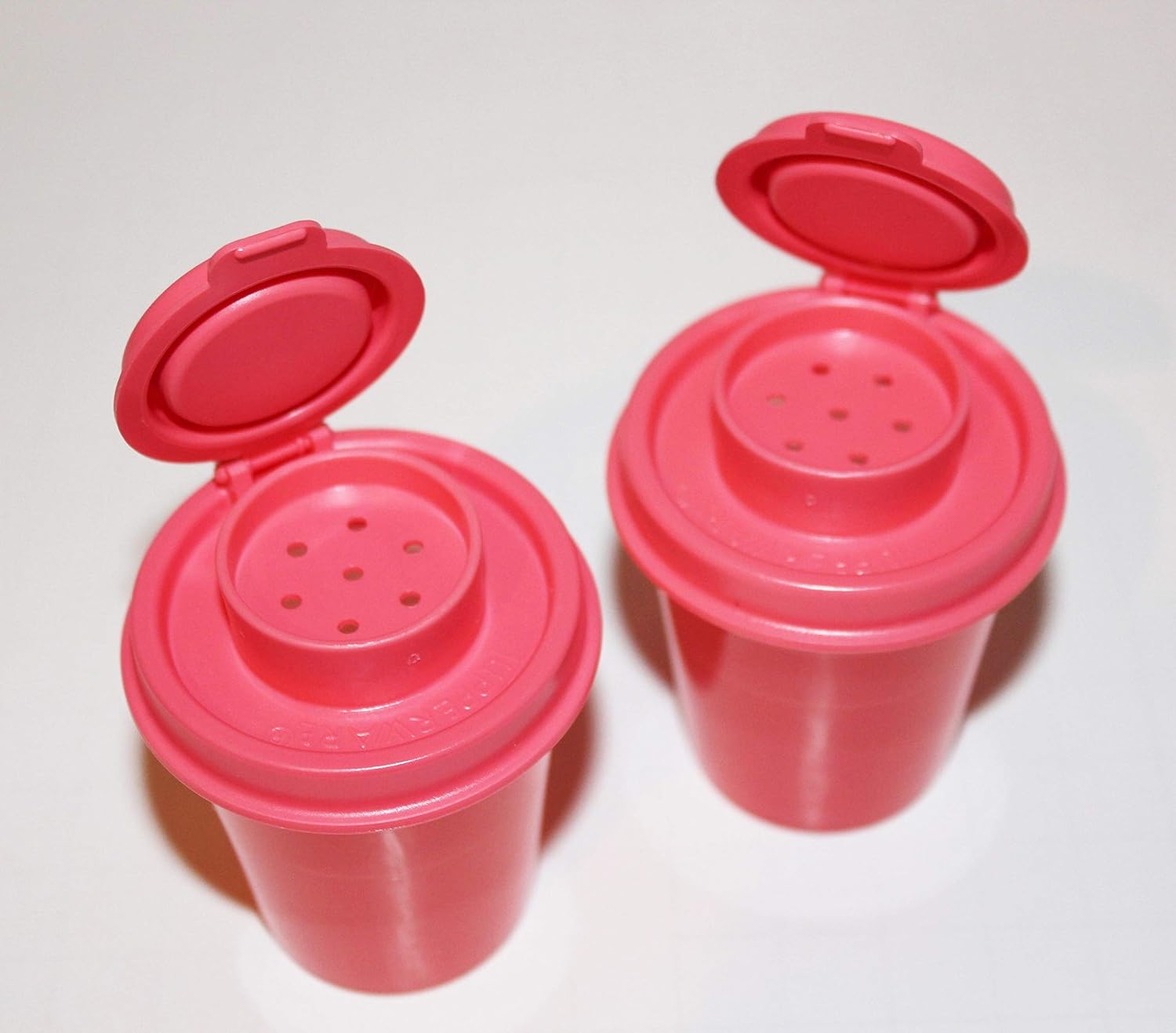
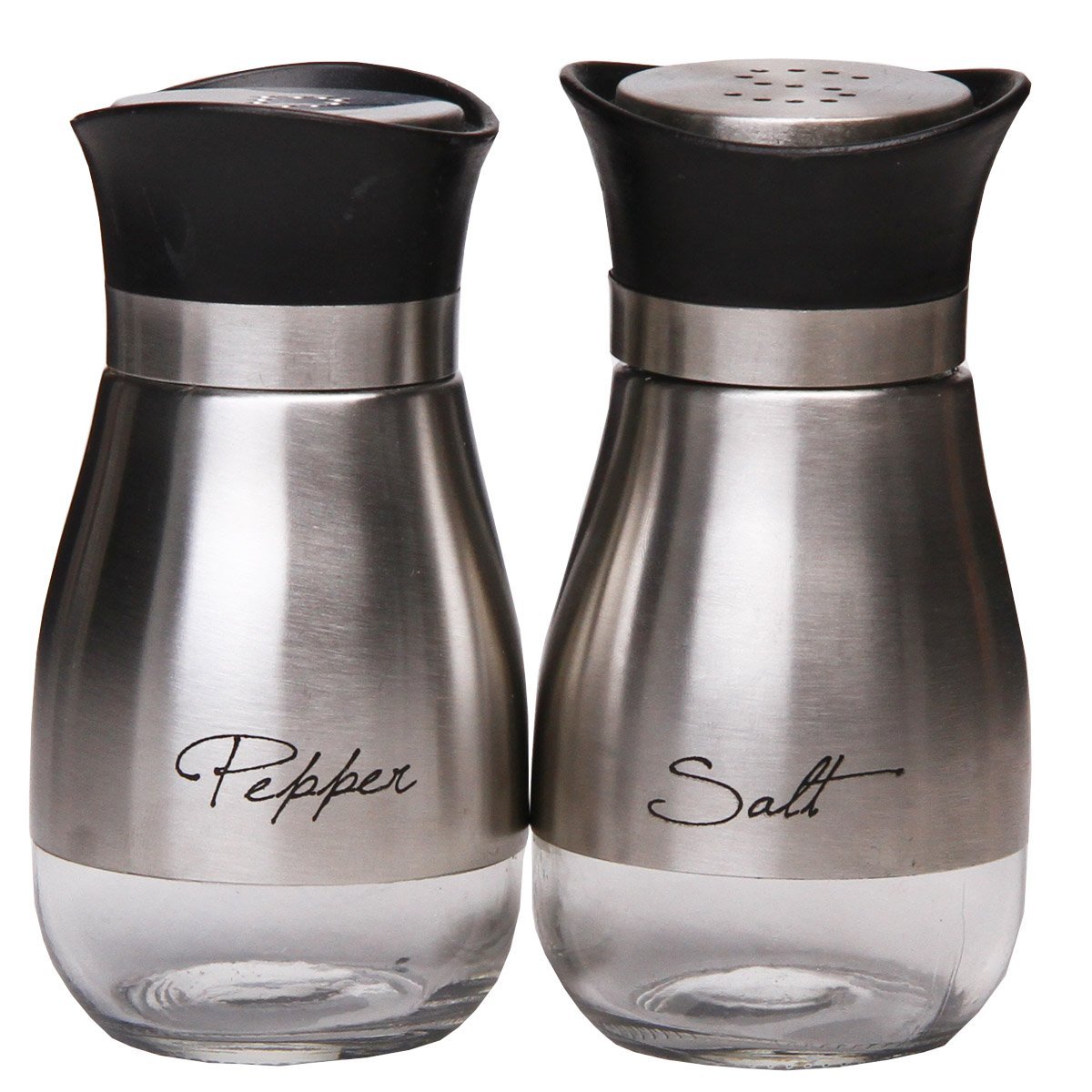
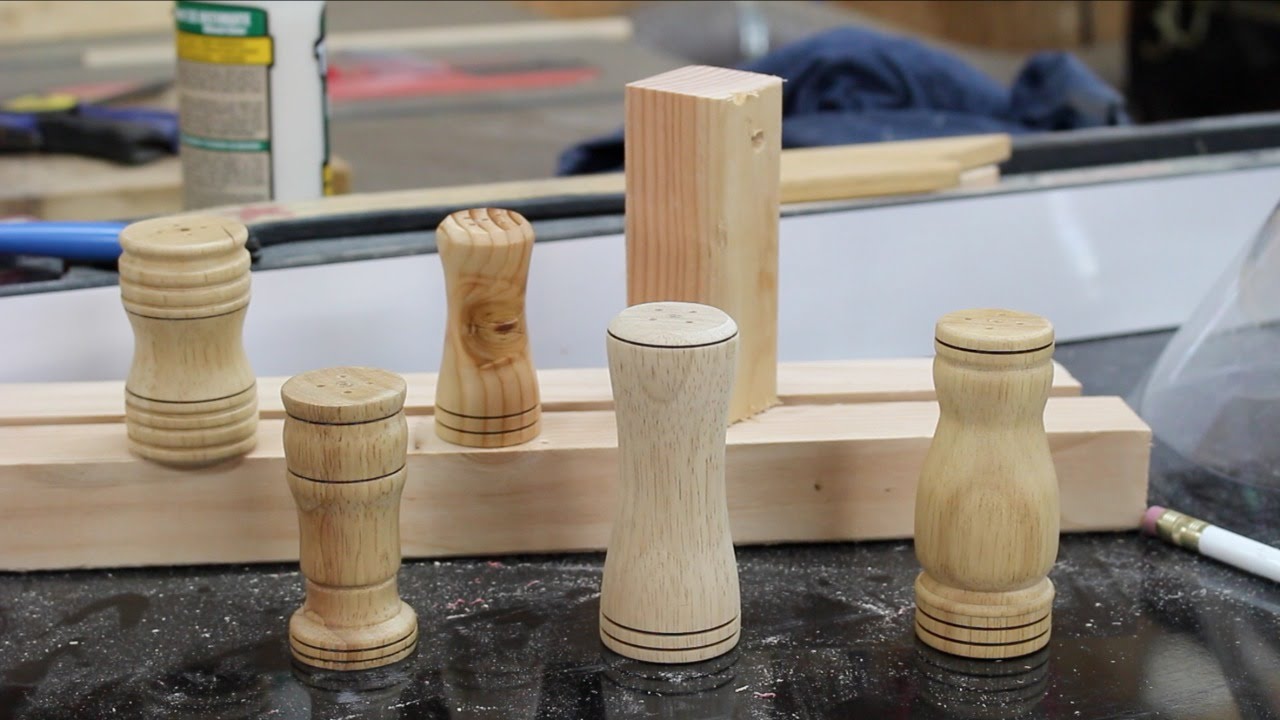
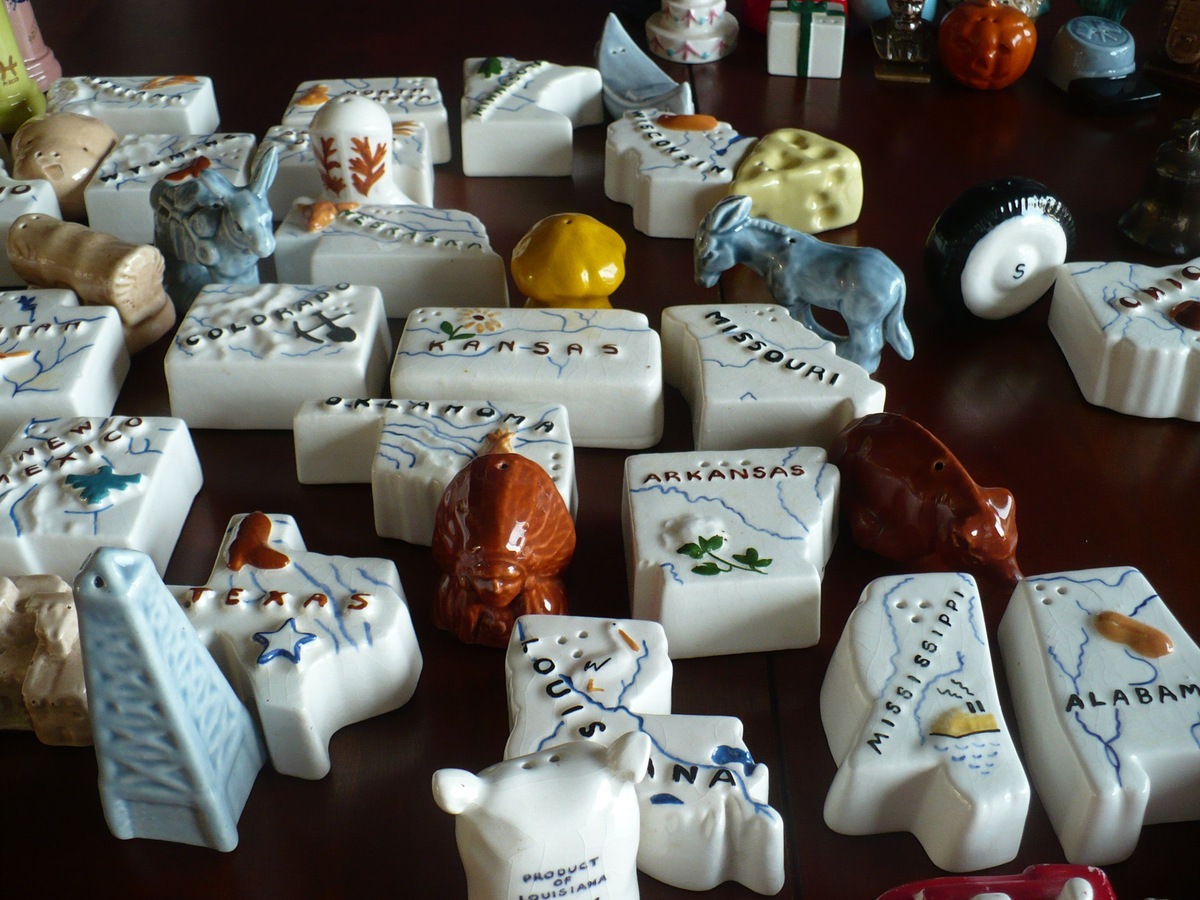
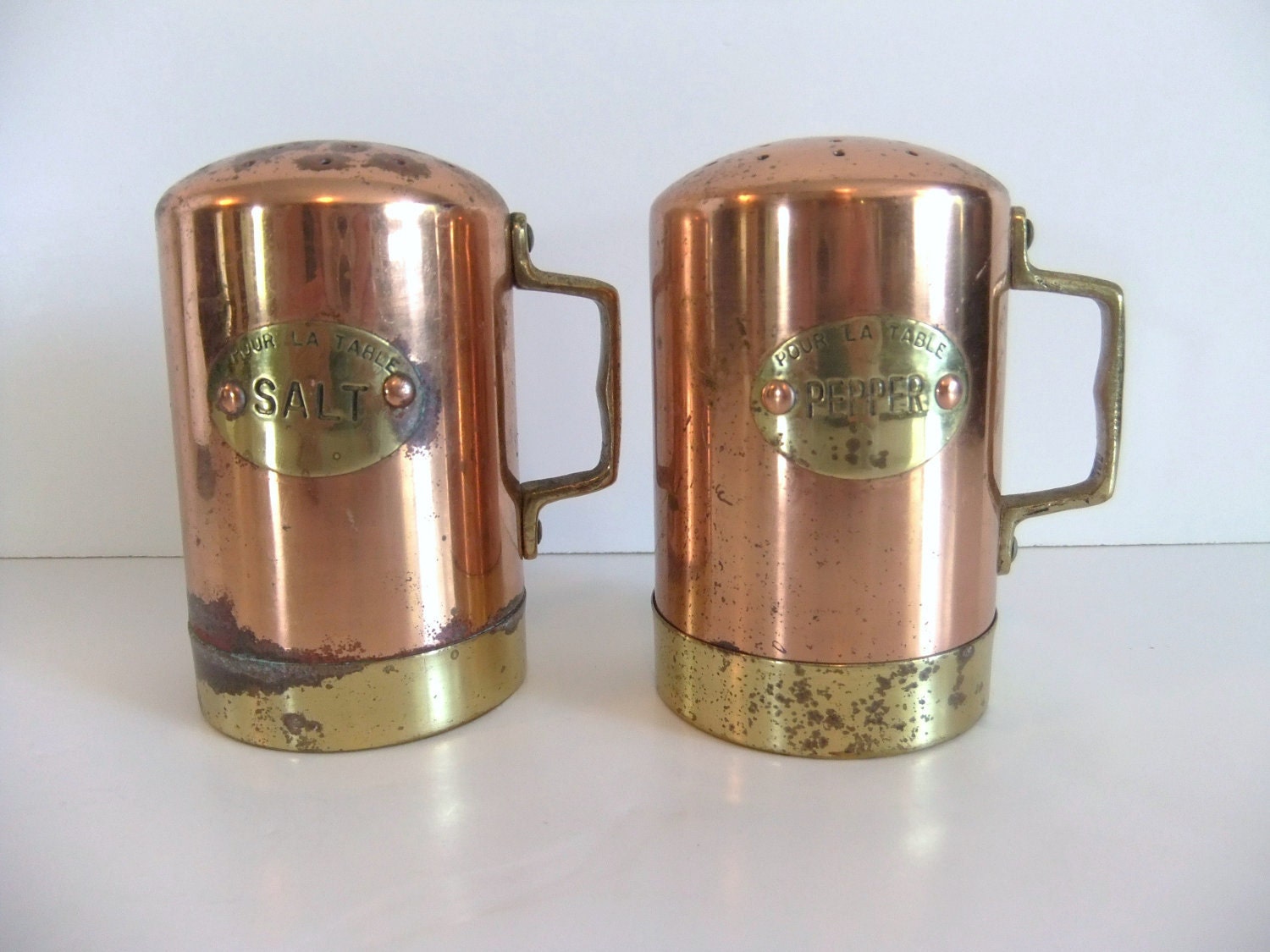
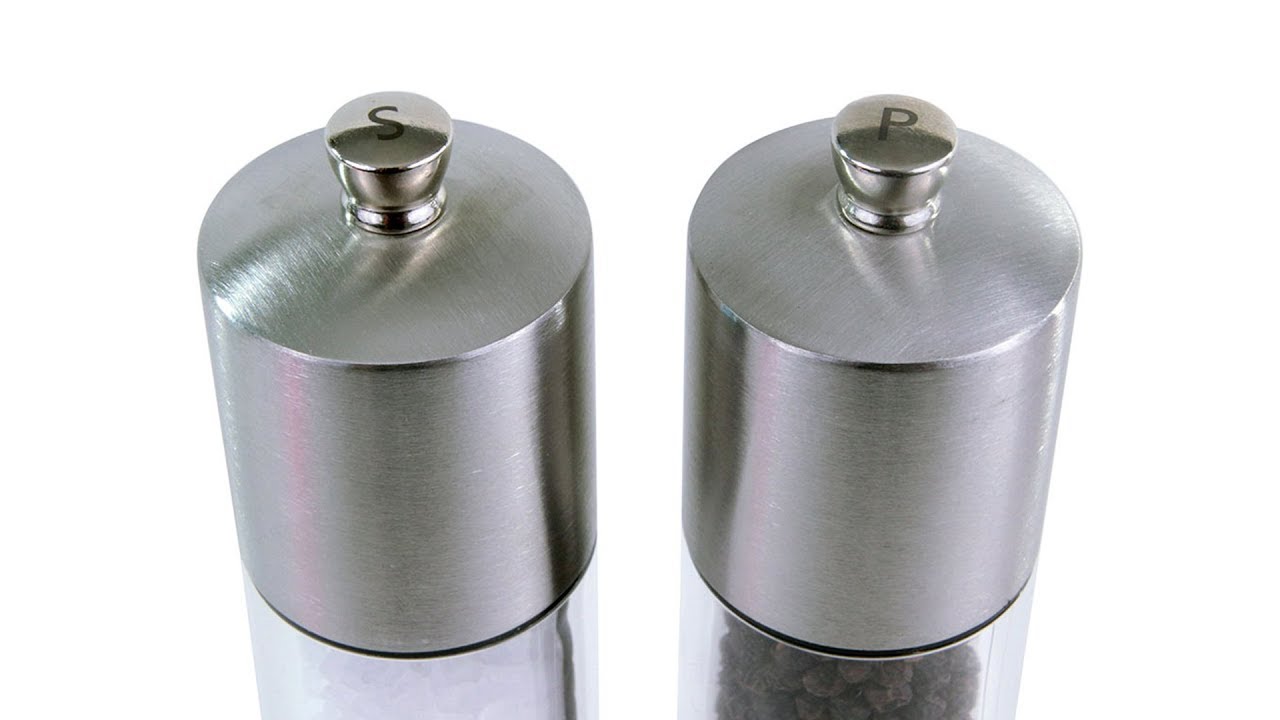
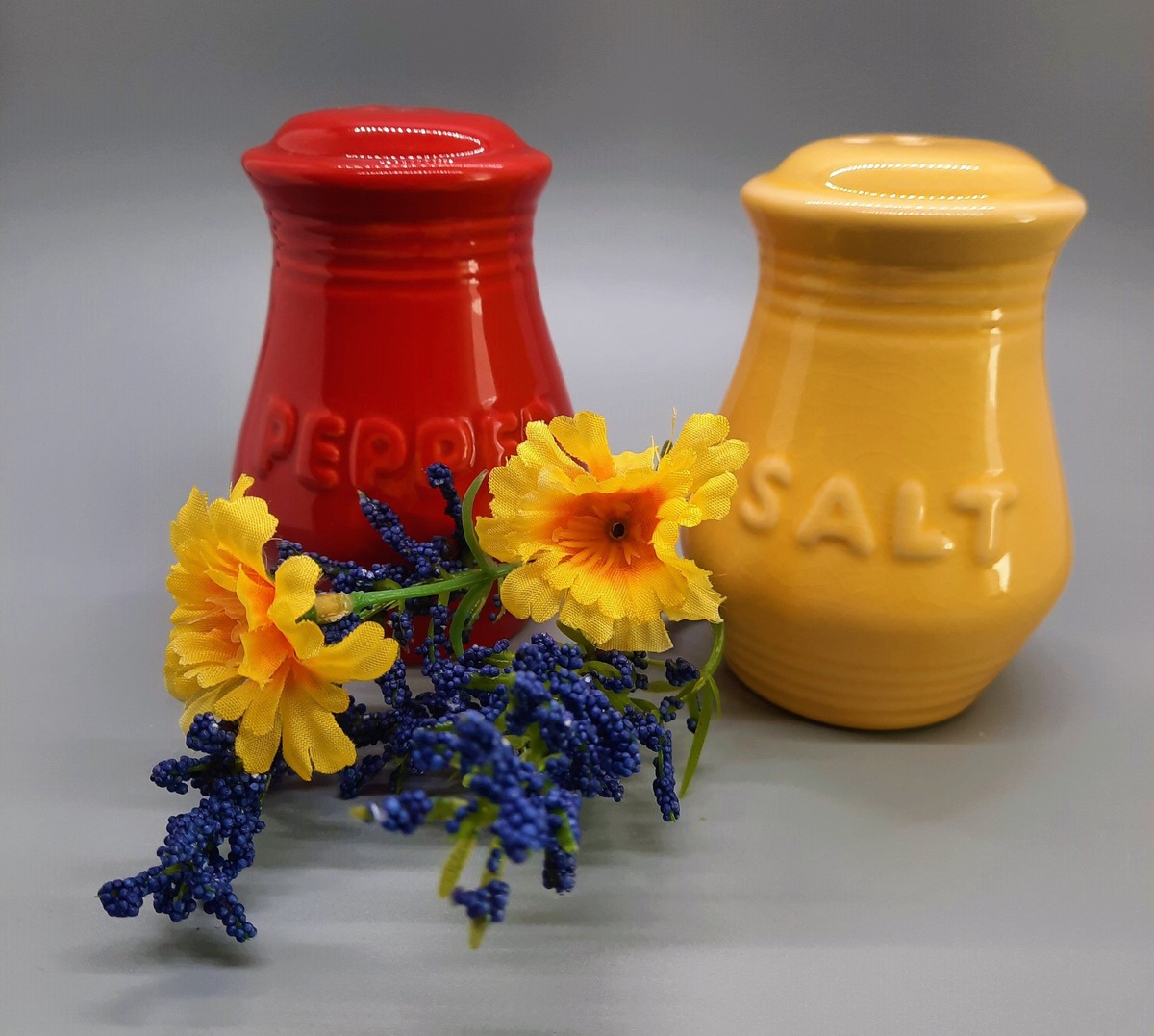

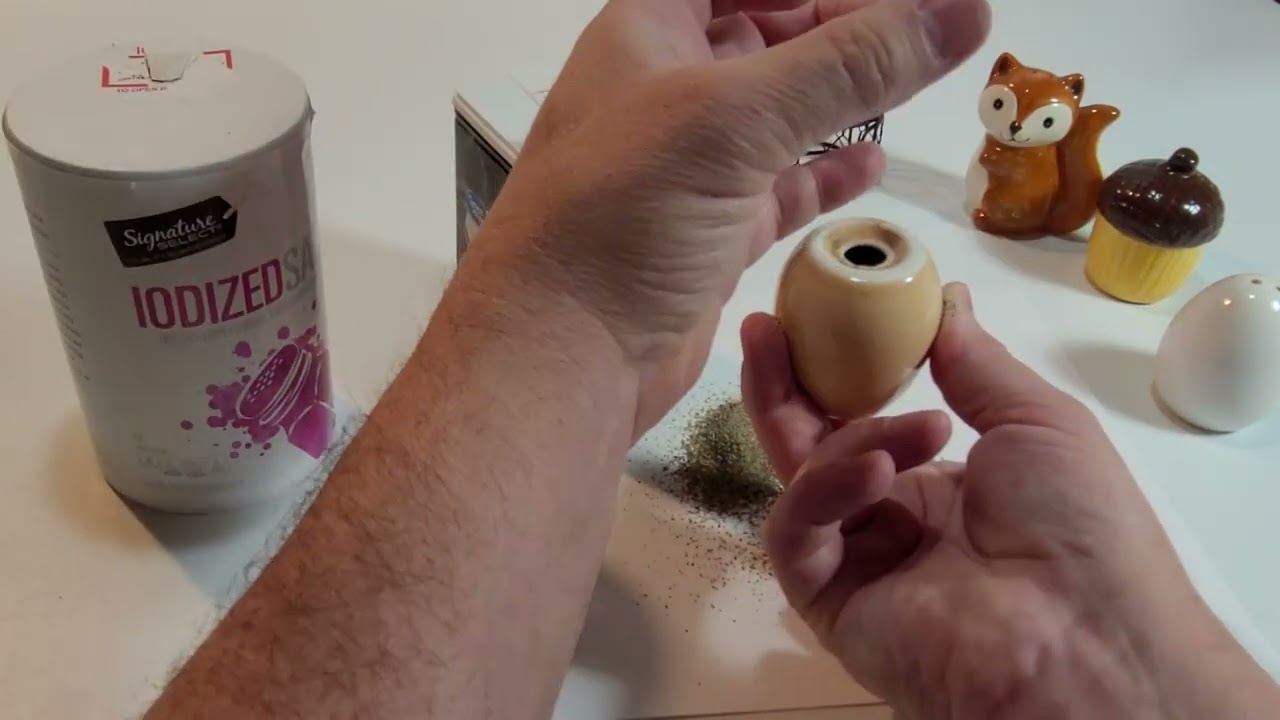
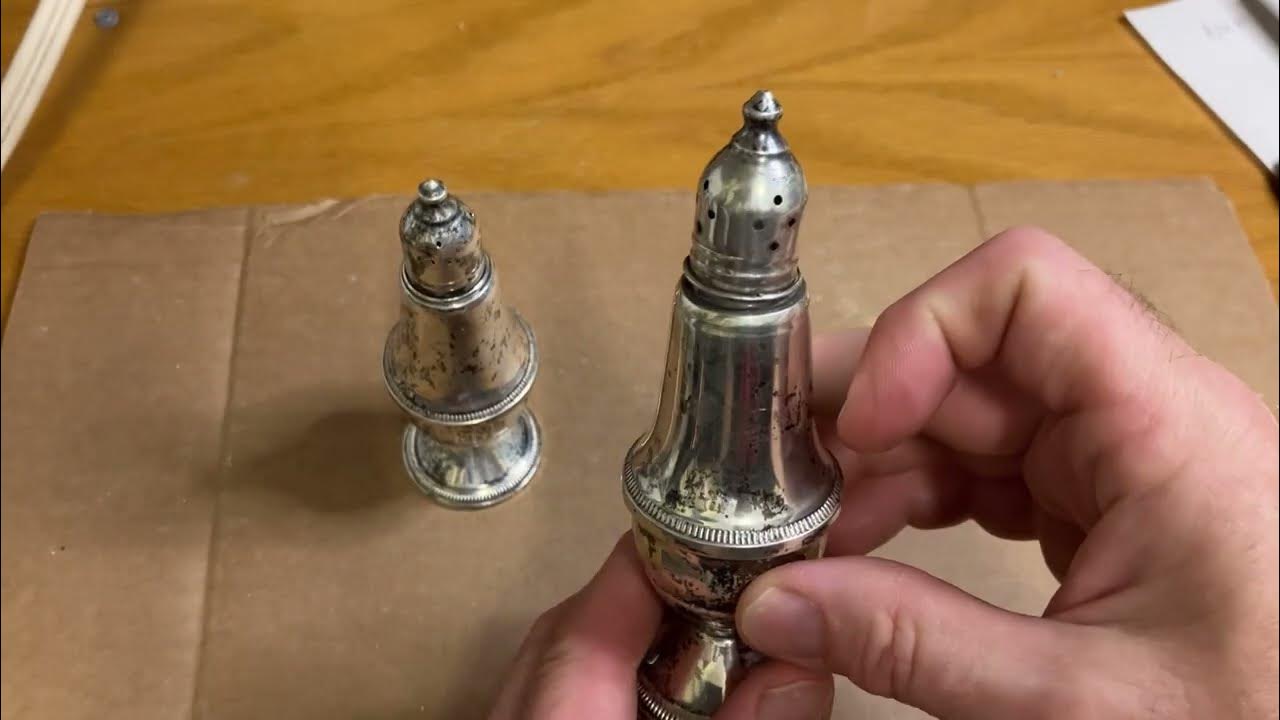
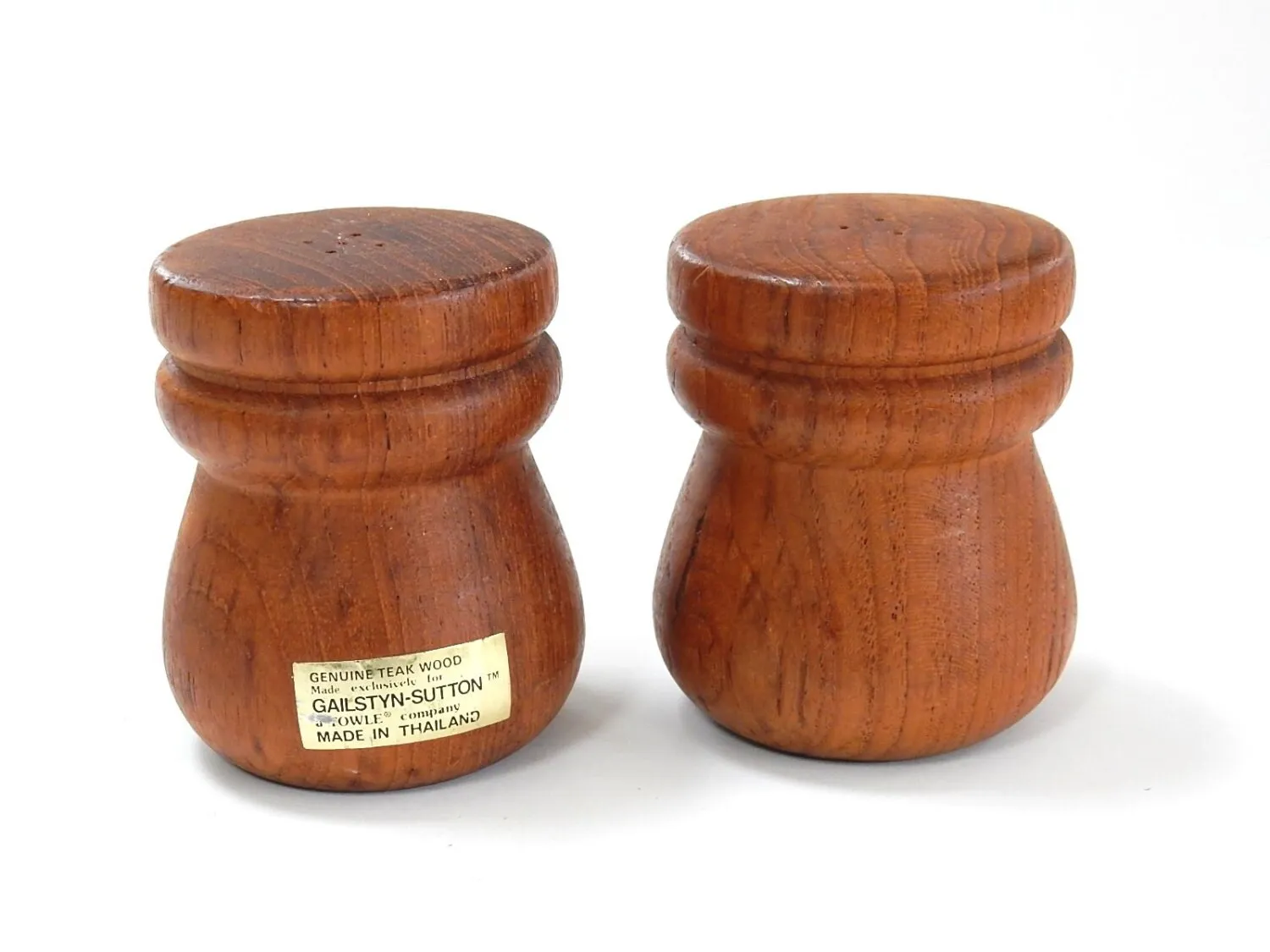

I notice that the pattern of holes on the caps of salt and pepper shakers is often a Jewish star. Wondering about how this came to be.